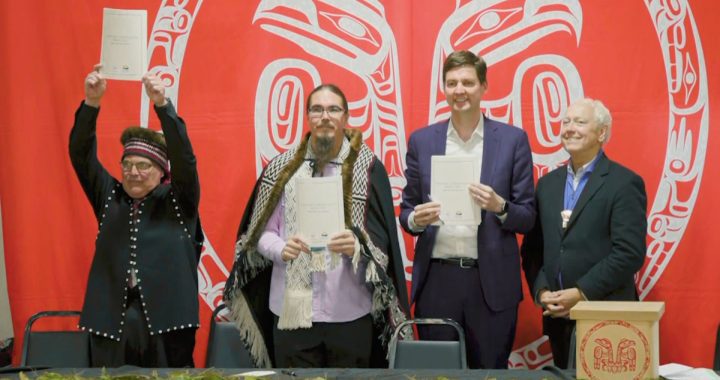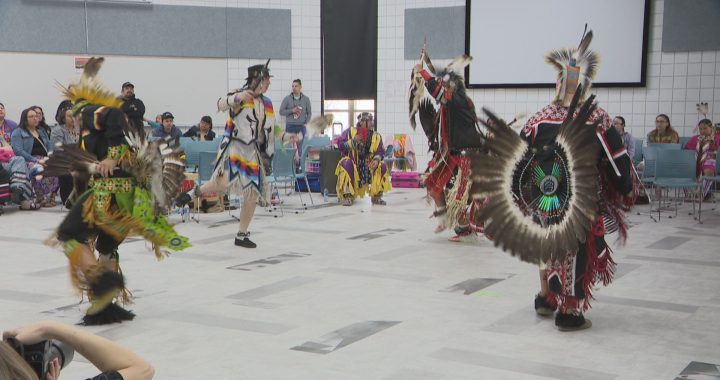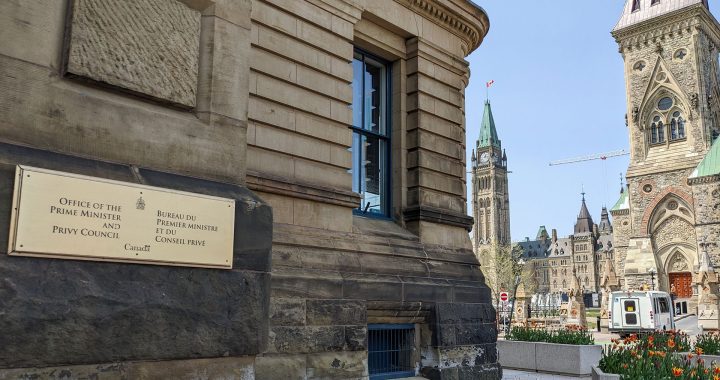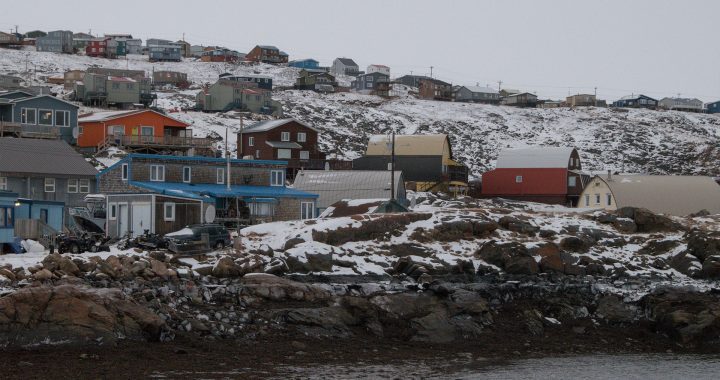Sts’ailes Chief Ralph Leon Jr., was forced to attend a residential school just outside Mission, B.C.
He doesn’t generally visit the site anymore but agreed to meet APTN News for an interview about the upcoming visit to Canada by Pope Francis.
“I haven’t come back here because of what’s still in my mind, what I witnessed here: the mental abuse, physical abuse, sexual abuse, verbal abuse,” he said.
Like many other survivors of the residential school era, he’s awaiting the Pope’s arrival on Sunday.
Leon Jr. is not attending any of the Pope-related gatherings or sure what the Pope will say in any of his sermons. But he feels the Catholic church needs to do more to help Indigenous Peoples.
“There needs to be a plan, a recovery plan for our people,” he said. “We are like a broken people still from this (notorious residential school system).
The Pope arrives just months after an Indigenous delegation knocked on the Vatican’s door seeking an audience.
The members had a week to convince the Pontiff to make an apology for the church’s role in managing the schools and to do it on Canadian soil.
The Pope apologized to the delegations on their last day in Rome’s Vatican City.
“Listening to your voices, I was able to enter into and be deeply grieved by the stories of the suffering, hardship, discrimination and various forms of abuse that some of you experienced – particularly in the residential schools. It’s chilling,” Francis said at the end of the March visit.
“For the deplorable conduct of these members of the Catholic Church, I ask for God’s forgiveness, and I want to say to you with all my heart, I am very sorry.”
The residential school system started in the mid 1800s. It was never about education, but to rid the country “of the Indian problem”, as one bureaucrat put it at the time.
It’s estimated that 150,000 First Nation, Inuit and Métis children were taken from their communities and forced to attend the schools while being stripped of their language, culture and families.
For nine years, Geraldine Shingoose survived the Muscowequan Residential School in Manitoba.
She has said Prime Minister Justin Trudeau should “discontinue the charity status of the Catholic Church” in Canada.
The First Nations woman in Winnipeg isn’t sure how the Pope will be received by survivors.
“The whole intent of this visit, (as) I see it, (is) as a photo op, and it doesn’t come across as truthful,” she said.
“In that Walking Together (the official title of the Pope’s visit to Canada) they are saying that there is reconciliation and healing that they want to bring. But but we can’t have that without that truth of our experiences, you know, that genocide that happened in residential school.”
Some communities are rolling out the red carpet.
In Alberta, the Alexis Nakota Sioux Nation is making repairs and alterations to the Lac Ste Anne facility, the site of an annual pilgrimage that brings tens of thousands of Indigenous worshippers to its shores every year.
Pope Francis is scheduled to visit the site on July 25.
“For some…Pope Francis’s apology will not be enough,” said the Alexis Nokota Sioux Nation Chief Tony Alexis. “Healing is not linear.”
For others, the apology will be a fundamental step towards forgiveness, closure, healing and reconciliation, he added.
“It is fitting the Pope’s visit to this healing place will bring healing to so many.”
Others believe more concrete action is needed, like the release of residential school records still in the church’s care.
Tony Belcourt, originally from Lac Ste. Anne, feels the records would help confirm unmarked graves on the site.
Now he’s concerned about what will happen when tens of thousands of people visit the area to see the Pope.
“For a long time, the people in the community have been trying to get the church to turn over records of our graves we have,” he said. “There was a cairn put up there by our people a long time ago, but it doesn’t cover the full footprint of the grave site…that footprint goes right out to where that new paved road is.
“So the horrible thought I have in my head is (of) thousands of people standing around on our unmarked graves right beside that paved road so they can wave to the Pope as he goes by.”
Ernest Betsina, who attended Grollier Hall in Inuvik, is part of a delegation of survivors from the Northwest Territories travelling to the Edmonton leg of the Pope’s visit.
“I’m pretty sure that the Pope will apologize,” he said, “but it’s got to be authentic, it’s got to be genuine.
“It’s got to be to the people and I’m hoping that the people would accept it.”
Before the Pope arrives, Betsina will join a meeting of communities discussing how to use ground-penetrating radar in the search for unmarked graves on former residential and day school sites.
Like Belcourt, Betsina hopes the Papal apology comes with compensation for healing services and a commitment to release all school records.
A similar pilgrimage is taking place in Quebec where the Pope will visit Ste Anne de Beaupré on July 29.
APTN News will have complete coverage of the Pope’s gatherings starting Monday.
With files from Chris Stewart and Charlotte Morritt-Jacobs









